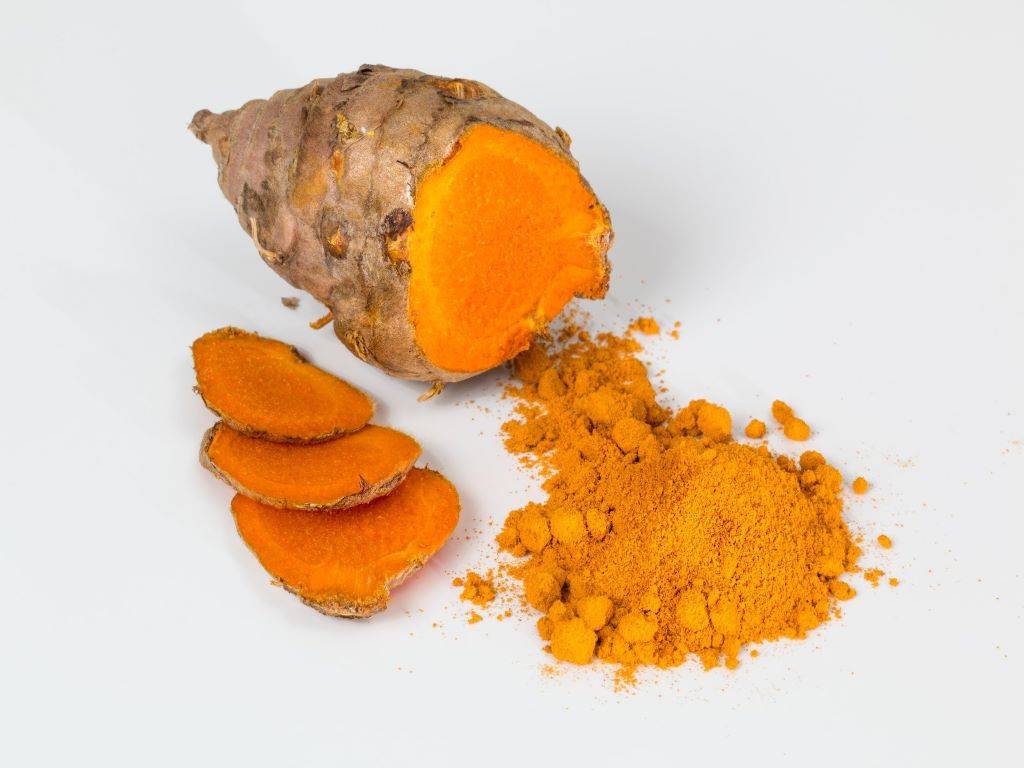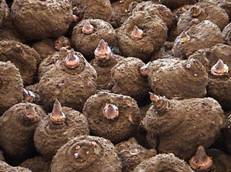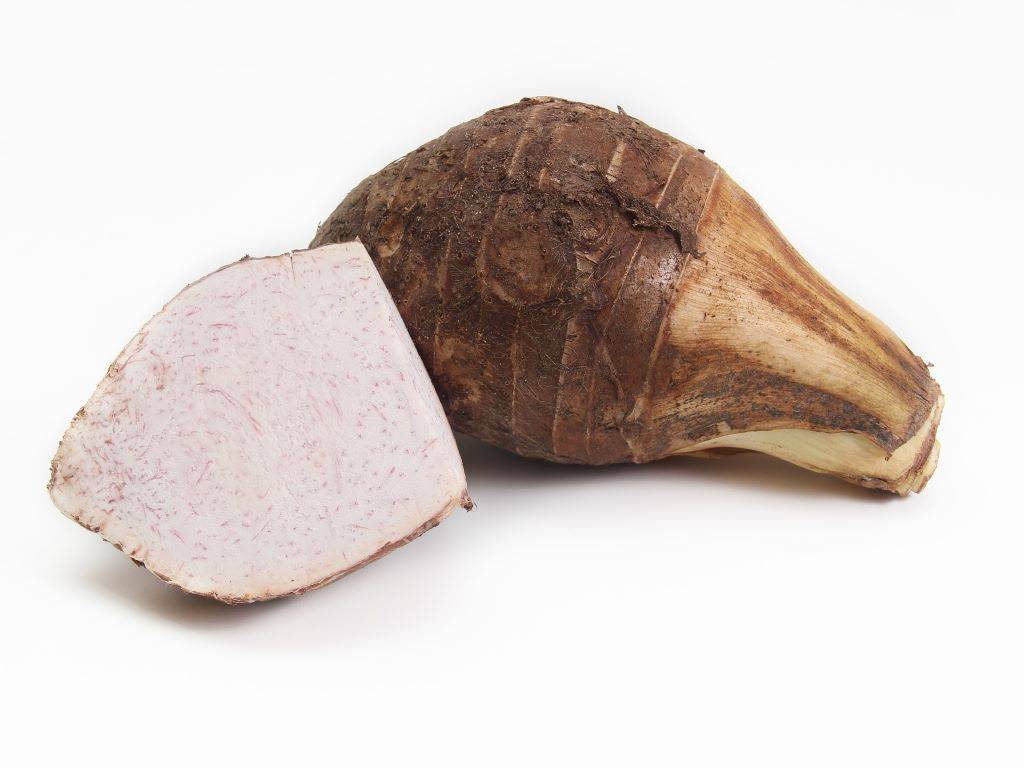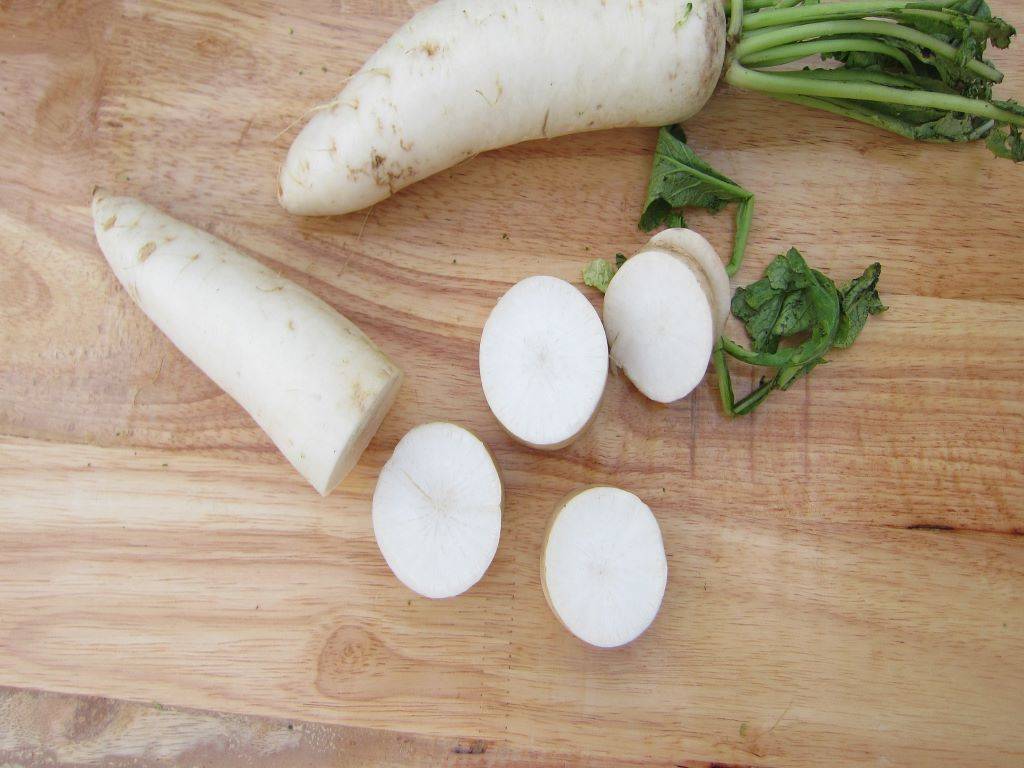
The 2-day Roots and Tuber Mela at Mysuru ended on February 7, 2021. Our Editor of Agriculture World Dr. Lakshmi Unnithan was present in the mela among the other dignitaries. In the wake of this Mela, it is good to catch a glance at the roots and tubers available in the market. Often, we ignore many of the roots and tubers, which are packed with nourishment, especially carbohydrates, energy, and water.
You can say, roots and tubers are the “underground treasure” of Mother Nature.
Many of us use roots and tubers almost every day, but some of us don’t know they are roots or tubers. They consider them as just vegetables. Let’s have a look at some of the healthiest roots and tuber vegetables available in the Indian market. And yes, these are colorful too! You can also grow them at your home garden.
1. Turmeric (“Haldi”)
Turmeric is used in Ayurvedic medicines and is an integral part of Indian cuisine. No recipe is complete without this spice. Many of us use haldi powder. However, try to use whole turmeric. It looks like ginger. You can dry the root and powder it at home. “Haldi ka doodh” is a staple in India. In fact, our turmeric milk has become a rage in America as “turmeric latte” or “yellow latte.”
2. Ginger (“Adrak”)
Ginger follows close in popularity to turmeric as a medicinal spice in India. “Adrak ki chai” is the classical beverage of almost every Indian household. And since the Coronavirus pandemic, we all have been drinking a lot of ginger tea, right?
Turmeric and ginger belong to family Zingiberaceae. India produces the largest amount of ginger in the world.

3. Potato (“aloo”)
Potato is the basic vegetable used in Indian cuisine. Think “samosa,” “dum aloo,” “aloo parantha,” “aloo matar,” “aloo tikki,” and others. Potato is also used in combination with various other vegetables. Can you imagine an Indian kitchen with potatoes? India grows different varieties of potato.

4. Sweet Potato (“Shakarkandi”)
The benefit of sweet potato is that you can eat this root during fast too. So, it gains an auspicious label. Ever tried sweet potato parantha or shakarkandi kheer?

5. Elephant Yam (“suran”)
This is a huge tuber used in many yummy dishes. Although some people may not like its taste, yet it makes for a variety of dishes. You can make yam chips, yan fingers, yam gravy, or simply sautee them. It is also called “Jimmikanda.” The tuber has medicinal property and used in Ayurveda.

6. Taro (“Arbi”)
Taro has nutrient value similar to that of potato, but the taste and the texture is different. In some states of India, leaves and stalks of the taro plant are also cooked.

7. Radish (‘mooli”)
Radish is a popular root used in salads. And who can forget the yummy “mooli ke paranthas”! This edible root is loved by many. Some even cook sabzi of this root, along with its leaves.

8. Carrot (“gajar”)
Carrots are available generally in red and orange colors in the Indian markets. It is an important ingredient of salad. Indian sweet dish “gajar ka halwa” is famous. Red carrots are indigenous to Indian land and are available only during winter in the country, while the orange ones, which are less sweet than red ones, are available year round.

9. Beetroot (“Chukandar”)
Beetroot is used as food coloring agent. Its high iron content makes it an ideal root to be consumed by anemics. People eat it as salad, spiced, or cooked. The root has medicinal property.

10. Turnip (“Shalgam”)
Turnip is a common root used in cuisines of Kashmir, Punjab, and Bengal. A lot of tasty dishes can be cooked using this root vegetable.

So, apart from the usual potato, also try turnips, beetroots, taro, elephant yam, and other such roots and tubers to add variety to your diet.


















